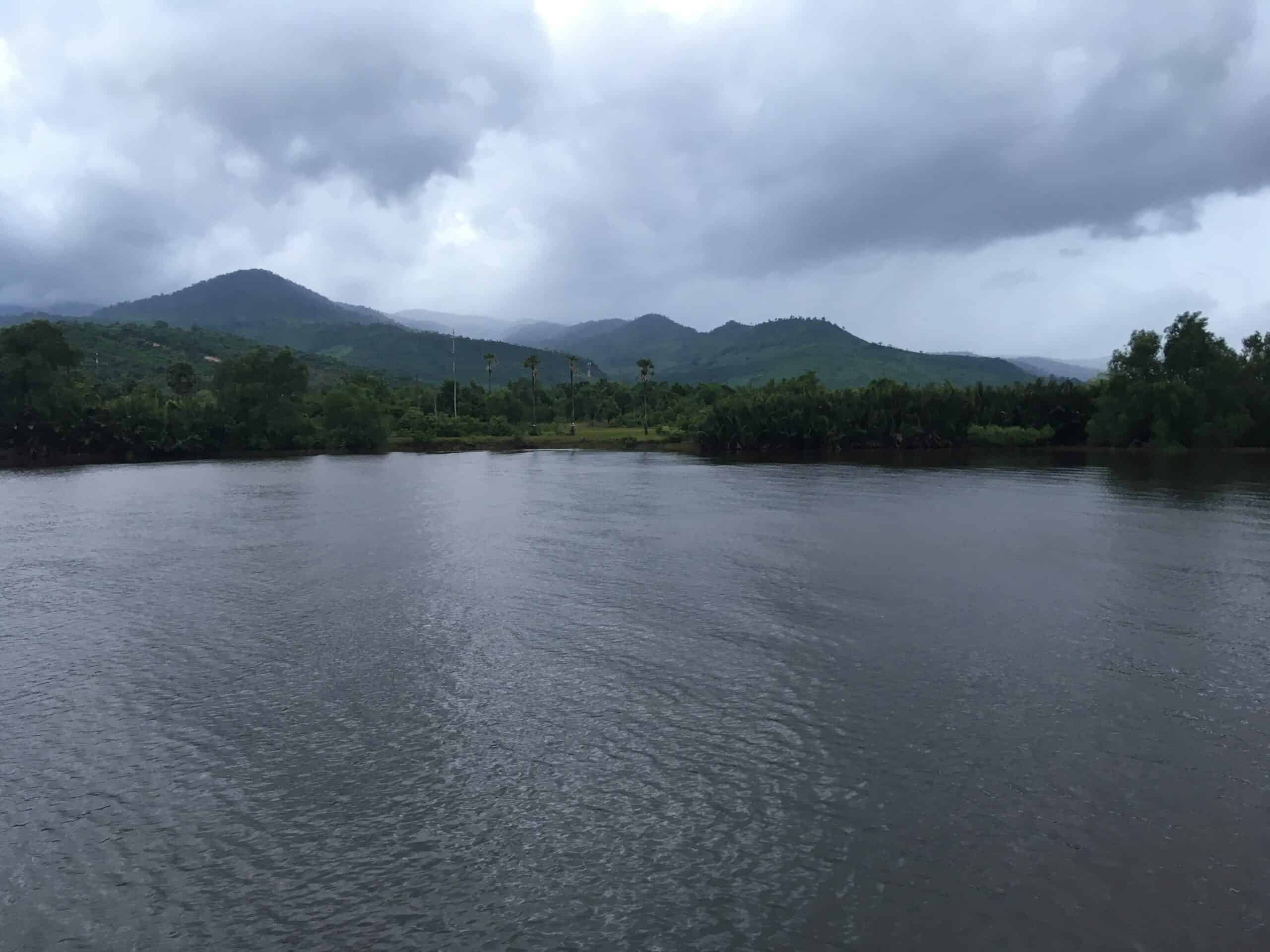Share this article
To conserve species, protect existing parks
Protecting—and expanding—existing parks may be as important as creating new ones
New parks and other protected areas may help safeguard biodiversity, but researchers found that protecting existing areas may be as important as creating new ones.
“Parks save species. But they can do so only if the parks themselves are protected against harmful activities,” said David Wilcove, a professor of ecology and evolutionary biology and public affairs at Princeton’s Center for Policy Research on Energy and the Environment. Wilcove was an author of a study published in Science Advances that looked at the importance of these already existing parks.
Researchers found that by enhancing the protection of existing protected areas, and by expanding the existing park networks across just 1% of the planet’s land area, the essential habitats of 1,191 animal species that are especially at risk of extinction could be protected.
“Our study demonstrates just how important it is to protect the places that protect species,” Wilcove said.
Read more from Princeton’s Center for Policy Research on Energy and the Environment.
Header Image: Cambodia’s Damrei Mountains are home to the critically endangered Megophrys damrei frog. Even though its habitat is protected, the area continues to experience habitat degradation. Credit: Christophe95








